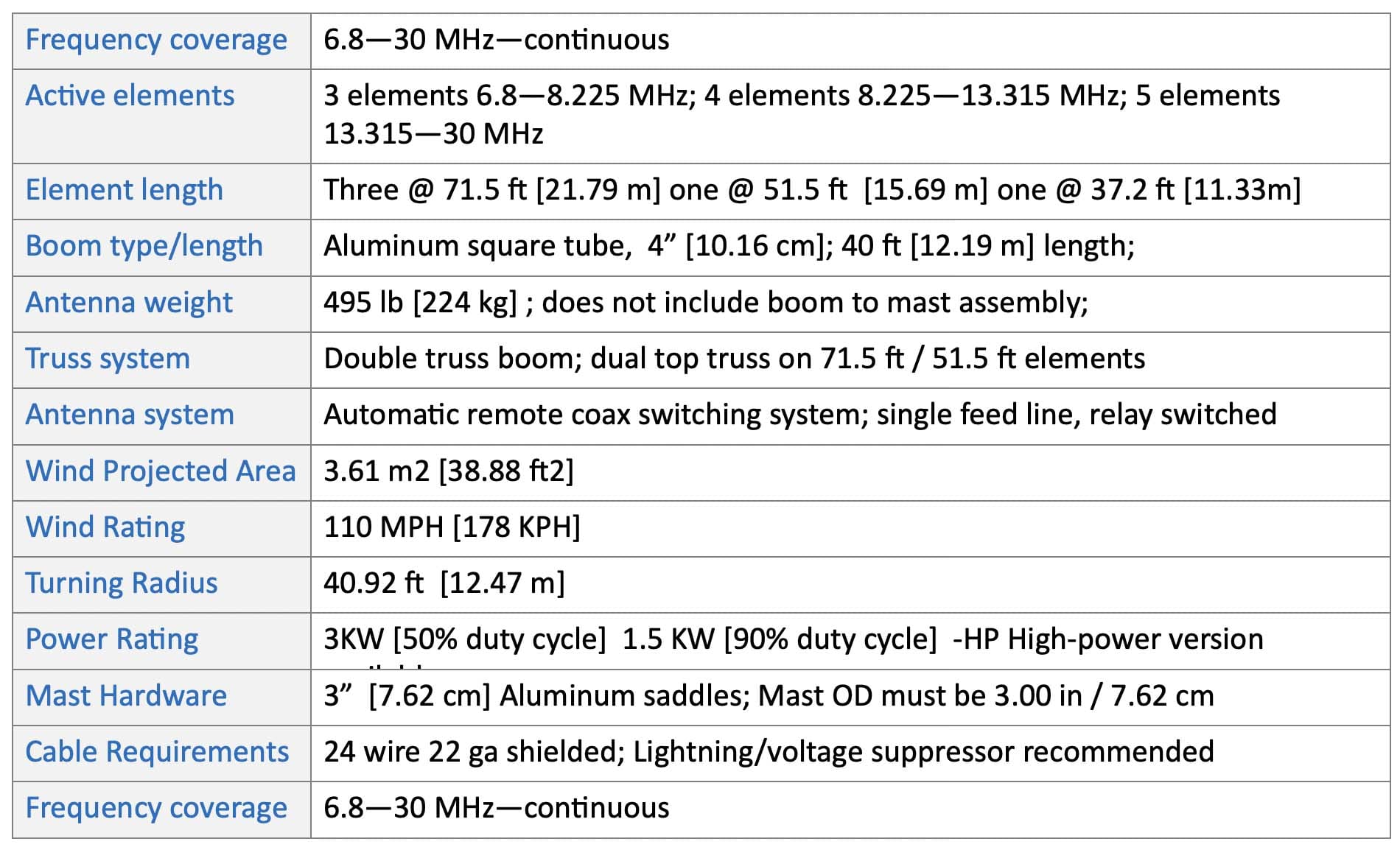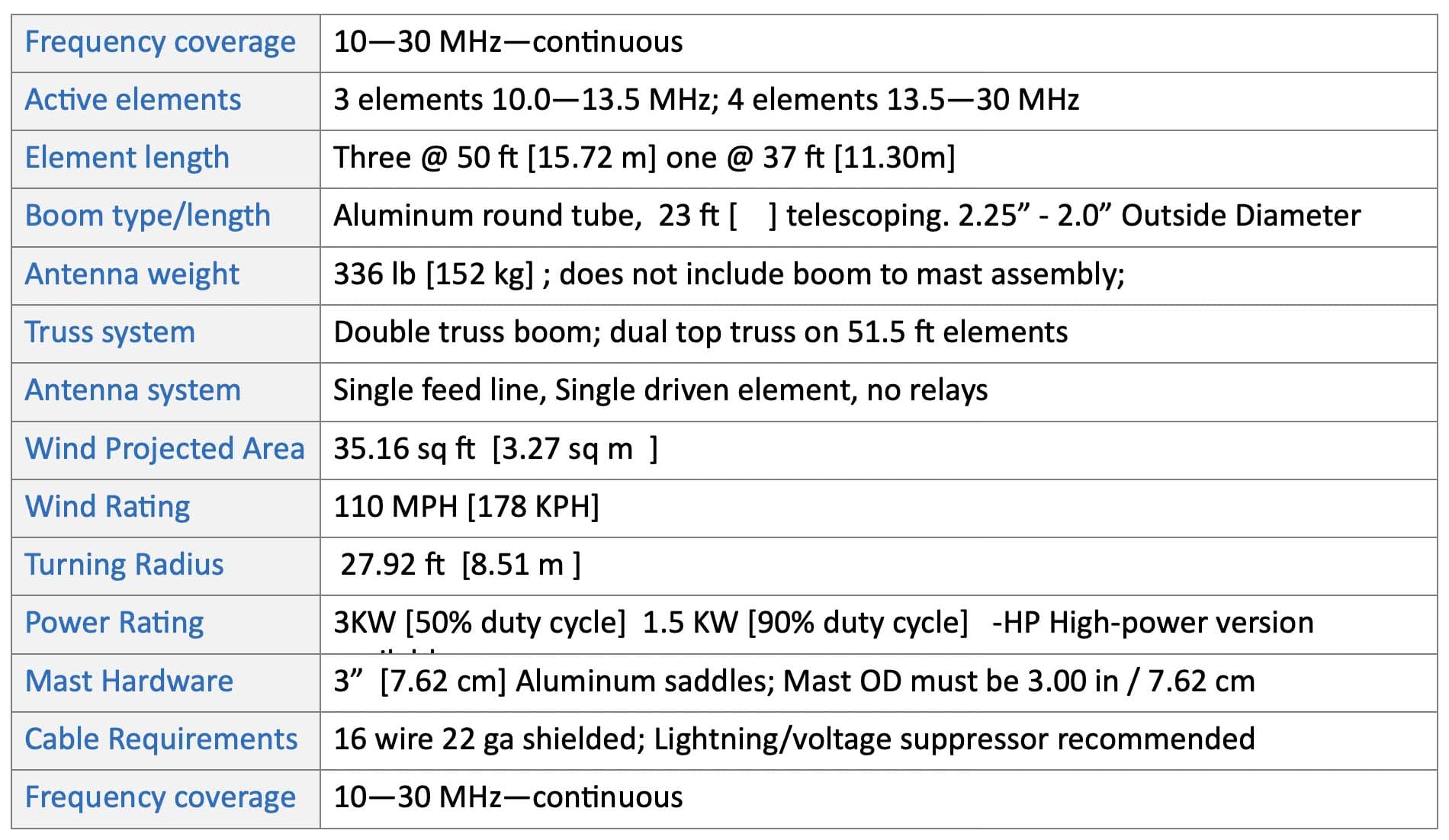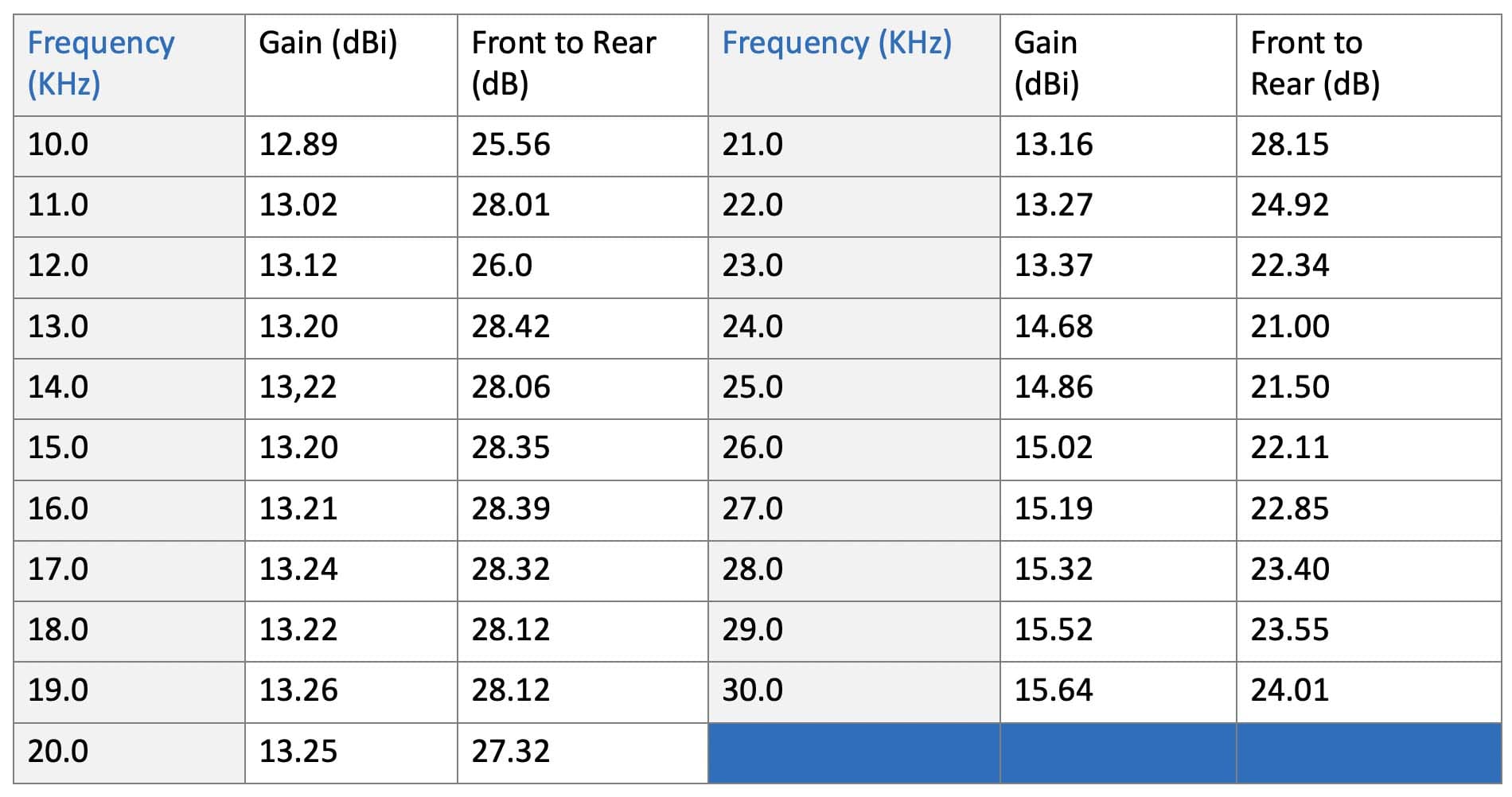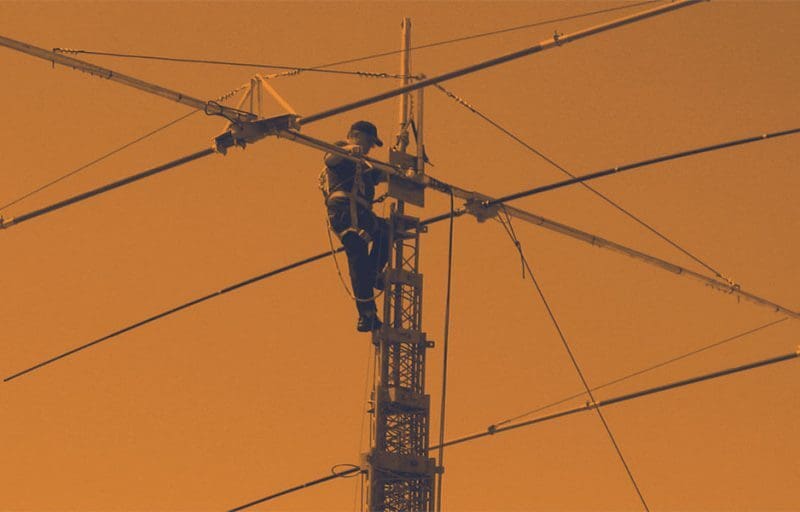
A Primer on High Frequency Antennas
Users of the High Frequency radio services often desire a single antenna having excellent performance over a wide frequency range. In the interest of efficiency and impedance matching, most antennas used for radio communication are generally resonant antennas. Unfortunately, resonant antennas by their nature operate over a very narrow range of frequencies. To be resonant at a specific frequency, the antenna elements must be made to a certain specific length for that given frequency – as you tune away from the frequency, performance rapidly declines.

Why SteppIR?
Our tunable antenna system allows setting the resonant frequency of a single-element or multiple element antenna to almost any frequency, limited principally by the frequency-range of the antenna. These tunable antenna systems employ stepper motors that adjust the lengths of the conductors forming the antenna elements, under the control of an electronic device.
HFT540C-HP
The HFT540C series antenna represents our largest commercial Yagi. Designed for extreme weather applications, high power and significant duty cycles, this product utilizes straight, non-loop elements to ensure simplicity of operation and mechanical longevity. Optimized for performance in the 6.8-30 MHz portions of the commercial high frequency range, the performance offers a minimum of 13 dB gain (modeled at 130 feet) and 25 dB of Front-to-rear signal rejection. With the longest element at 70 feet, 40 foot boom length and five active elements, this antenna offers the best single-antenna performance in the world within it’s physical footprint. This antenna is shipped in a partially preassembled form, reducing onsite labor by up to 40%. The HFT540C-HP Yagi is our high power version of this antenna.
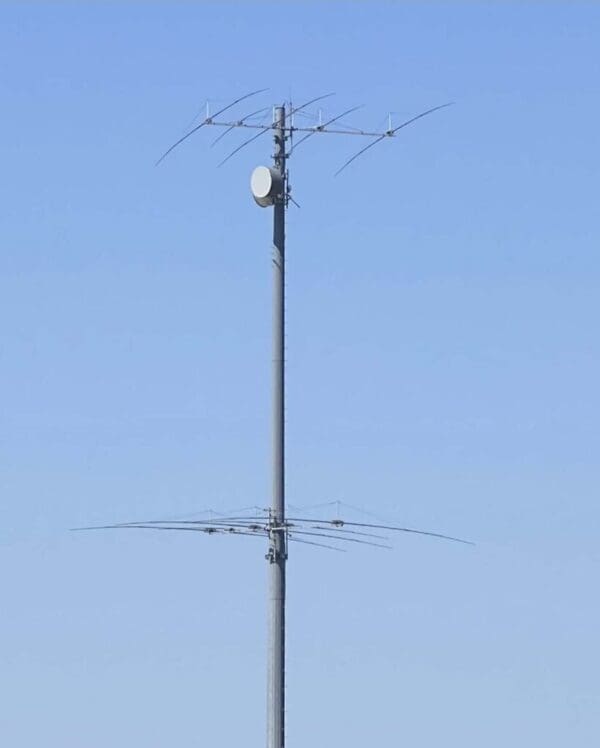
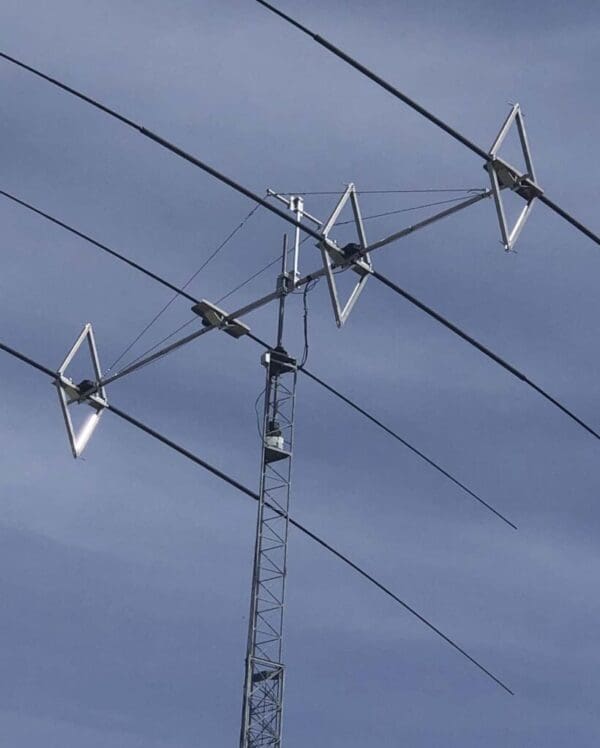
HFT423C Yagi
The HFT423C Yagi covers 10-30 MHz continuously. It has three active elements when using the 10-13.5 MHz frequency range, and has four active elements on 13.5-30 Mhz. The HFT423C utilizes a tubular, tapered boom and employs a double boom truss. The boom length is 23 feet. This Yagi is meant for use in the higher HF frequencies, and while a smaller physical footprint that the HFT540C, this antenna offers fantastic gain and front-to-rear performance within it’s continuous frequency range of 10 MHz – 30 MHz. The HFT423C is available in a high-power version.
SteppIR HFT Series Documents:
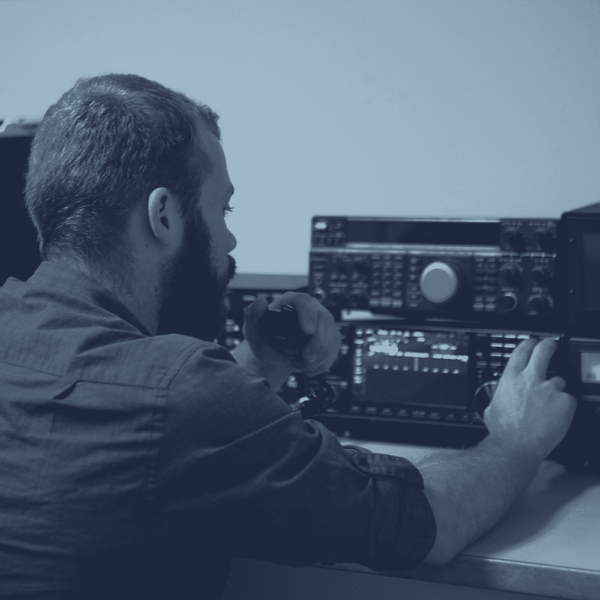
Why Stack Yagi Antennas?
Typically in government HF antenna installations you will see a single massive log-periodic antenna mounted on a tower mounted anywhere from 60 to 150 feet high. This approach gives modest performance over a reasonably wide frequency range, but no thought has been given to the optimal wave angle such a system produces. The only reason Yagis are mounted high above the earth is to take advantage of the inescapable reflection of the RF wave that emanates from the ground. This wave recombines with the direct skywave either destructively or additively at some angle.

